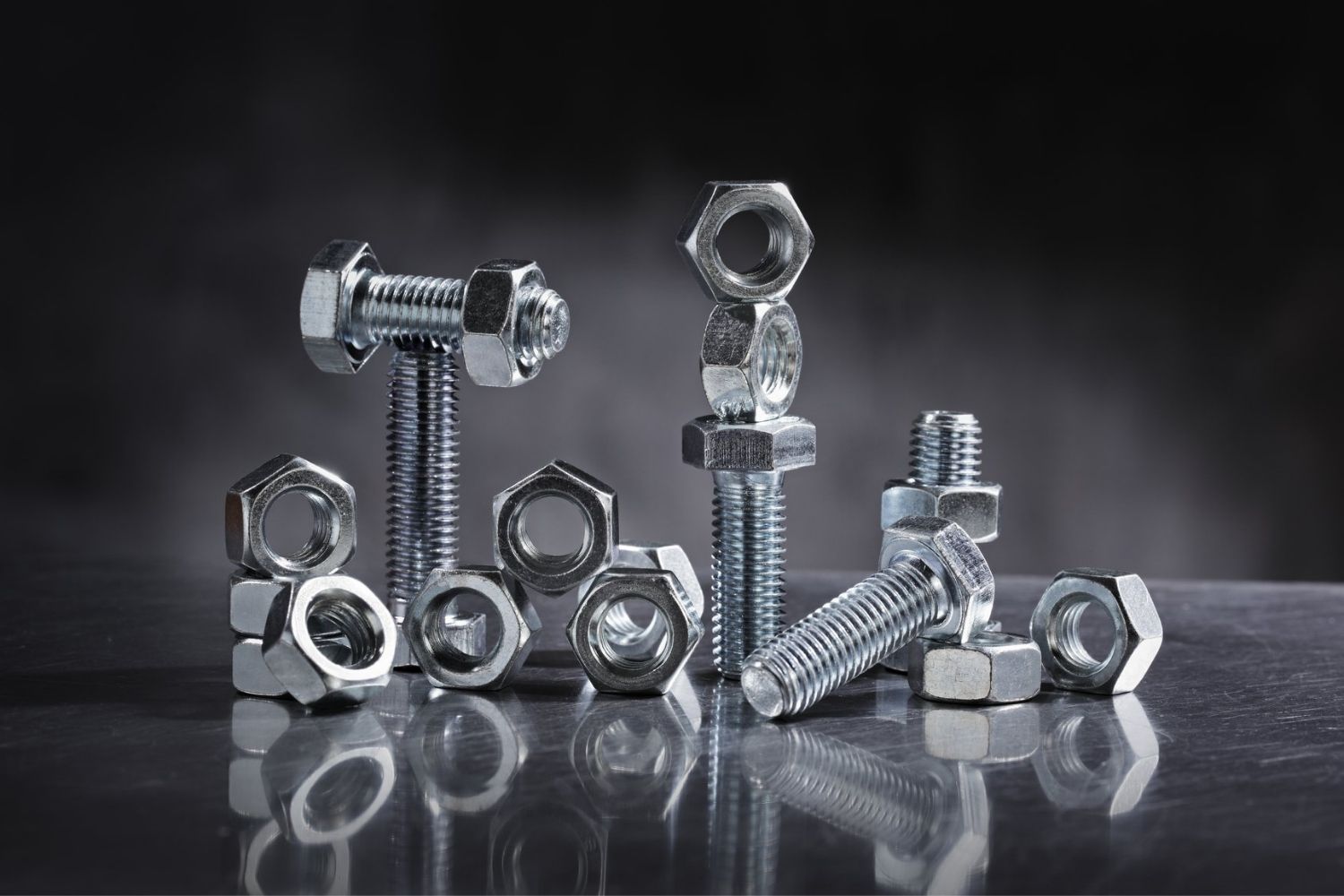
Mechanical fastening is a method used to join two or more parts together using mechanical devices such as screws, bolts, nuts, and rivets. These fasteners are essential in various industries, from automotive to construction, ensuring structures and machines stay intact. Why is mechanical fastening so important? It provides a reliable, strong, and often removable connection that can withstand significant stress and strain. Unlike welding or adhesives, mechanical fasteners allow for easy disassembly and maintenance. This flexibility makes them ideal for applications requiring frequent adjustments or repairs. Whether you're building a skyscraper or assembling a piece of furniture, understanding the basics of mechanical fastening can save time, money, and effort. Let's dive into some fascinating facts about this crucial technique!
What is Mechanical Fastening?
Mechanical fastening involves joining two or more parts together using physical means. This method is widely used in various industries, from construction to electronics. Here are some fascinating facts about mechanical fastening.
-
Mechanical Fasteners: These include screws, bolts, nuts, rivets, and washers. Each type serves a specific purpose and is chosen based on the requirements of the application.
-
Historical Use: The concept of mechanical fastening dates back to ancient civilizations. Egyptians used wooden pegs and metal fasteners in their construction.
-
Material Variety: Fasteners can be made from various materials, including steel, aluminum, brass, and plastic. The choice of material depends on factors like strength, corrosion resistance, and weight.
Types of Mechanical Fasteners
Different types of fasteners are used for different applications. Understanding these types can help in selecting the right one for the job.
-
Screws: These are versatile fasteners used in wood, metal, and plastic. They come in various head shapes, such as flat, round, and hex.
-
Bolts: Similar to screws but typically used with nuts. They are ideal for applications requiring high strength.
-
Nuts: These are paired with bolts to secure joints. They come in various shapes, including hex, square, and wing.
-
Rivets: Permanent fasteners used in applications where welding is not feasible. Commonly used in the aerospace and automotive industries.
-
Washers: These are used to distribute the load of a fastener. They prevent damage to the surface and ensure a secure fit.
Advantages of Mechanical Fastening
Mechanical fastening offers several benefits, making it a preferred choice in many industries.
-
Ease of Assembly: Fasteners can be easily installed and removed, making assembly and disassembly straightforward.
-
Cost-Effective: Compared to welding or adhesive bonding, mechanical fastening is often more economical.
-
Versatility: Suitable for a wide range of materials and applications, from lightweight plastics to heavy metals.
-
Strength: Provides strong and reliable joints, essential for structural applications.
-
Reusability: Many fasteners can be reused, reducing waste and saving costs.
Common Applications of Mechanical Fastening
Mechanical fasteners are used in various industries and applications. Here are some common examples.
-
Construction: Used in building structures, bridges, and infrastructure projects. Bolts and screws are commonly used for their strength and reliability.
-
Automotive: Essential for assembling vehicles. Rivets and bolts are used to join body panels, engine components, and interior parts.
-
Electronics: Small screws and fasteners are used to assemble electronic devices like smartphones, laptops, and appliances.
-
Aerospace: Rivets and bolts are used to assemble aircraft components, ensuring safety and durability.
-
Furniture: Screws and bolts are used to assemble furniture, providing stability and ease of assembly.
Innovations in Mechanical Fastening
The field of mechanical fastening continues to evolve with new technologies and innovations.
-
Self-Drilling Screws: These screws eliminate the need for pre-drilling, saving time and effort.
-
Locking Fasteners: Designed to prevent loosening due to vibration, these fasteners are used in critical applications like aerospace and automotive.
-
Smart Fasteners: Equipped with sensors to monitor tension and load, these fasteners provide real-time data for maintenance and safety.
-
Eco-Friendly Fasteners: Made from recyclable materials, these fasteners reduce environmental impact.
Challenges in Mechanical Fastening
Despite its advantages, mechanical fastening also faces some challenges.
-
Corrosion: Fasteners exposed to harsh environments can corrode, compromising their strength and reliability.
-
Fatigue: Repeated loading and unloading can cause fasteners to weaken over time.
-
Alignment Issues: Proper alignment is crucial for the effectiveness of fasteners. Misalignment can lead to joint failure.
-
Vibration: In applications subject to vibration, fasteners can loosen over time, requiring regular maintenance.
Future of Mechanical Fastening
The future of mechanical fastening looks promising with ongoing research and development.
-
Advanced Materials: New materials like carbon fiber composites are being explored for their strength and lightweight properties.
-
Automation: Automated fastening systems are being developed to improve efficiency and precision in assembly processes.
The Final Twist
Mechanical fastening is more than just nuts and bolts. It’s a world of rivets, screws, nails, and staples holding everything together. From the ancient Egyptians using wooden pegs to modern-day aerospace applications, fastening methods have evolved but remain essential. They provide strength, durability, and reliability in countless applications. Whether you're assembling furniture, building a house, or constructing a spacecraft, mechanical fasteners are indispensable. Understanding their types and uses can save time and ensure safety. Next time you tighten a screw or hammer a nail, remember the rich history and engineering behind that simple action. Keep exploring, keep fastening, and appreciate the small things that hold our world together.
Was this page helpful?
Our commitment to delivering trustworthy and engaging content is at the heart of what we do. Each fact on our site is contributed by real users like you, bringing a wealth of diverse insights and information. To ensure the highest standards of accuracy and reliability, our dedicated editors meticulously review each submission. This process guarantees that the facts we share are not only fascinating but also credible. Trust in our commitment to quality and authenticity as you explore and learn with us.
